How to Show File Extensions in Windows 11 (4 Methods)
If you are trying to find system folders like Temp to delete temporary files and folders from Windows 11, chances are you need to enable hidden files and folders in Windows 11 to make them visible. Similarly, if you want to change the file type, you need to show file extensions in Windows 11. This option is disabled by default, so you need to enable it manually. On that note, let's go ahead and find out how you can display file extensions in Windows 11. This will show the file type like .zip, .pdf, .mp4, .png, etc next to each file and you can open them with a suitable program. So, without further ado, let's move on to the guide.
Show file extensions in Windows 11 (2022)
In this guide, we have included four methods to view file extensions in Windows 11. You can enable the file type for each file from File Explorer, Settings, Explorer Options, and Command Prompt. Expand the table below to check the method you think is appropriate.
Show file extensions in Windows 11 from File Explorer
1. First, open File Explorer in Windows 11. You can use the Windows 11 keyboard shortcut "Windows + E" to open File Explorer instantly.
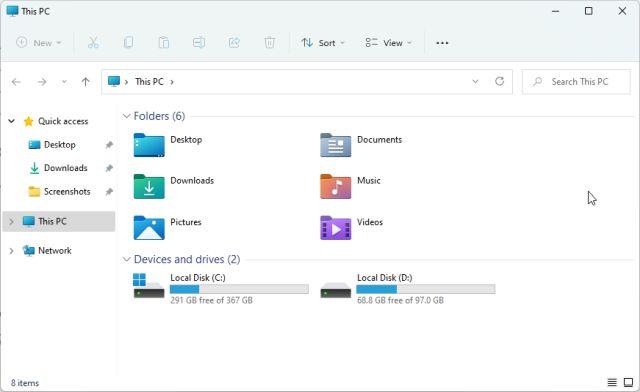
2. Next, click "View" in the top menu and select "Show".
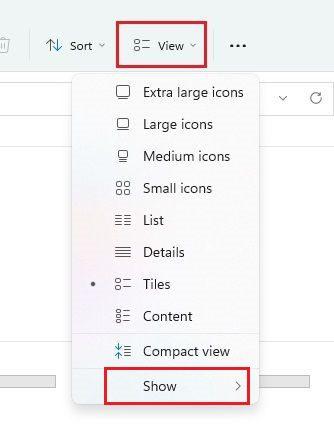
3. Then click to enable "File Name Extensions".
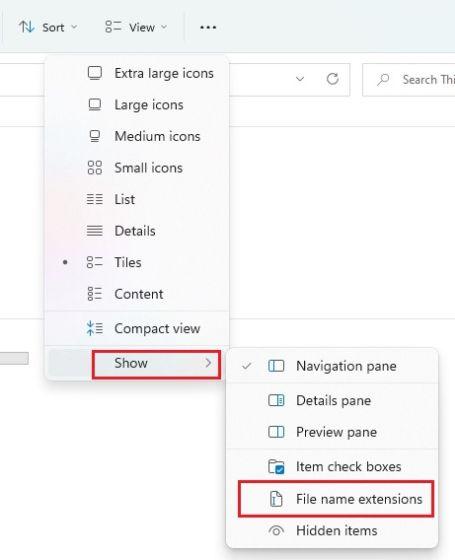
4. This will enable file extensions in Windows 11. Open the various files folder and here you will see the file extensions associated with a specific file type. For example, a ZIP file shows .zip, a PDF shows .pdf, etc.
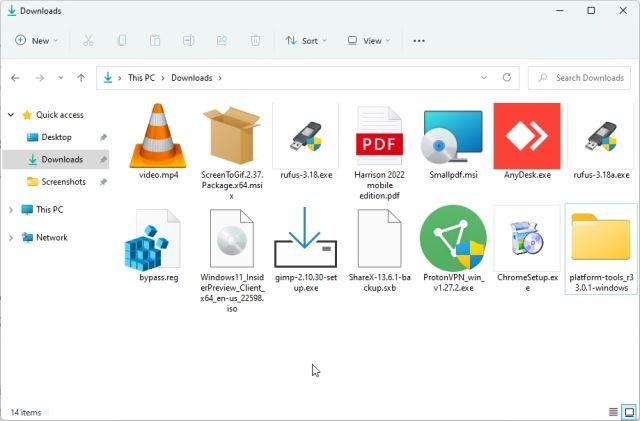
5. If you want to change the file type, you can select the file and press "F2" to rename the file. Now change the file extension to your liking.
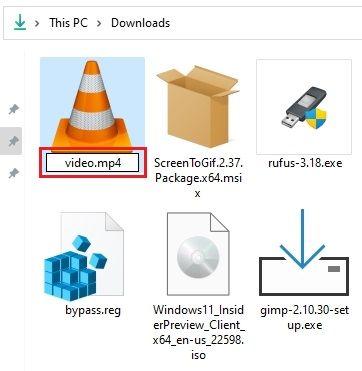
6. If you want to hide file extensions in Windows 11, launch File Explorer again and open View -> Show from the top menu. Then disable "File Name Extensions" and you're done.
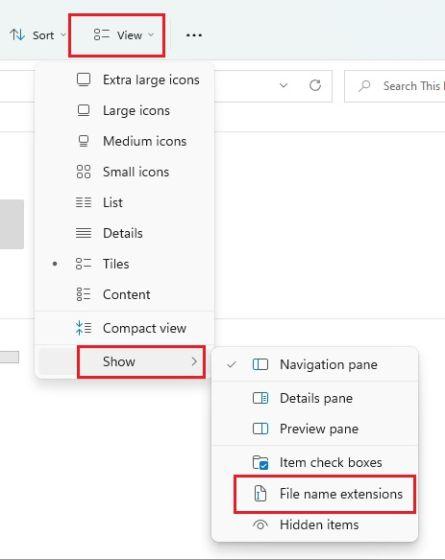
Show File Extensions in Windows 11 from Folder Options
1. You can also enable easy setting in folder options to show file extensions in Windows 11. Open File Explorer and click the three dot menu on the top menu. Here click "Options".
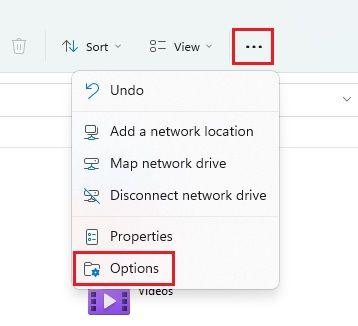
2. Then in the pop-up window, go to the "View" tab and scroll down. Here, uncheck "Hide extensions for known file types" and click OK.
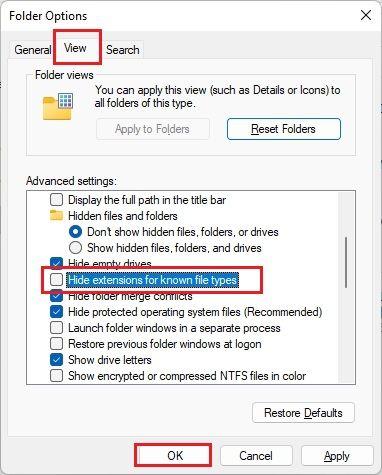
3. Now open the folder with different types of files and Windows 11 will show the file extensions next to the name of each file.

4. To hide file extensions in Windows 11, open Folder Options again and select the Hide extensions for known file types check box. Now click OK to hide known file type in Windows 11.
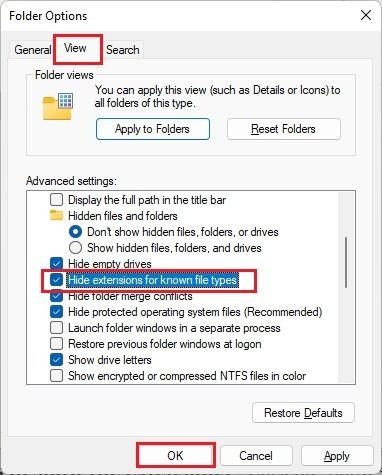
Show file extensions in Windows 11 from Windows Settings
The Settings app also allows you to display file types in Windows 11. To enable it, follow these steps:
1. First, press "Windows + I" to open the "Settings" app immediately. After that, go to "Privacy and Security" from the left sidebar and open the "For Developers" section on the right panel.
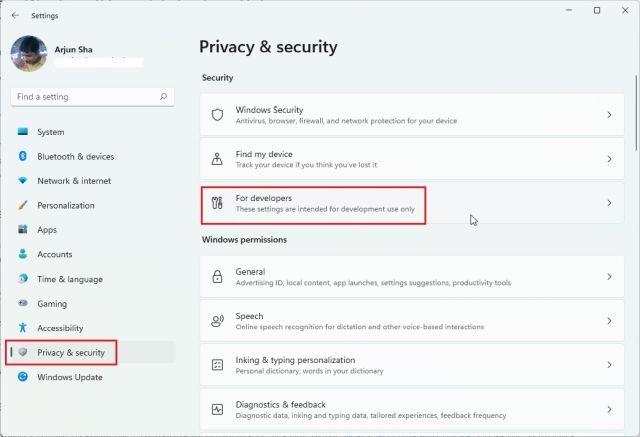
2. Then scroll down and find the option "Change settings to display file extensions" under "File Explorer". Click "Show Settings" next to it.
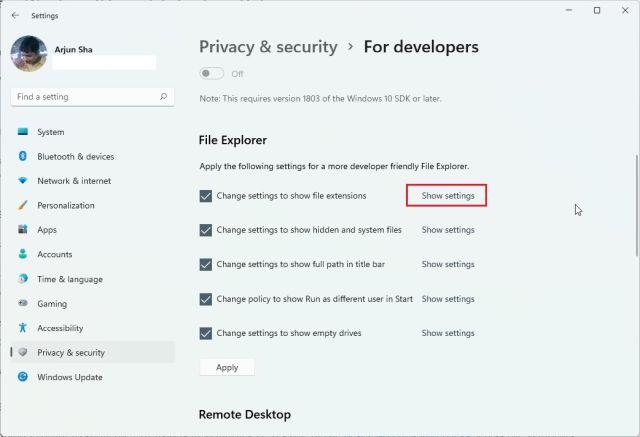
3. The folder options will open, the same window where we made the changes in the above method. Here, uncheck "Hide extensions for known file types" and click "OK".

4. The file types will now be visible on your Windows 11 PC.

Show File Extensions in Windows 11 Using Command Prompt
Finally, you can use Command Prompt to view file extensions in Windows 11. This is one of the best CMD tips and tricks we've covered in the past. Here's how it works:
1. Press the Windows key and type "cmd". Here, click "Run as Administrator" in the right pane. If you want to always open apps with admin privileges, follow our linked guide.
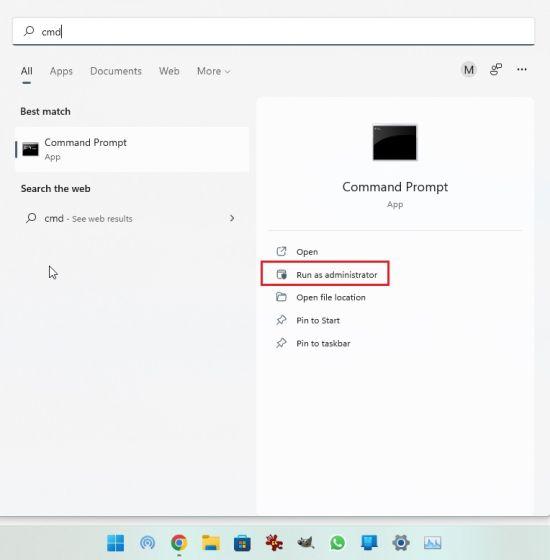
2. Then paste the below command into the CMD window and press Enter. This will add a registry key to display file types in Windows 11. To learn more about such best registry hacks in Windows 11, go to our article.
reg add HKCUSoftwareMicrosoftWindowsCurrentVersionExplorerAdvanced /v HideFileExt /t REG_DWORD /d 0 /f
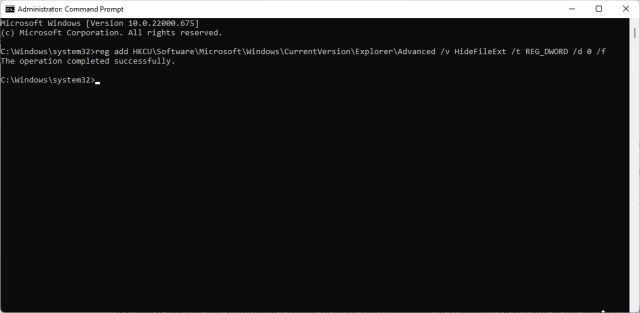
3. That's it! You can now view the file type in Windows 11.

Show file type in Windows 11 by default
This is how you can show the file type in Windows 11 for different file formats. I always keep file extensions enabled so that I can easily learn about file types and open that particular file format with a dedicated program. However, this is all from us. If you want to know more about such hidden features in Windows 11, read our comprehensive article. And for the best apps for Windows 11, check out our curated list. Finally, if you have any questions, please let us know in the comments section below.